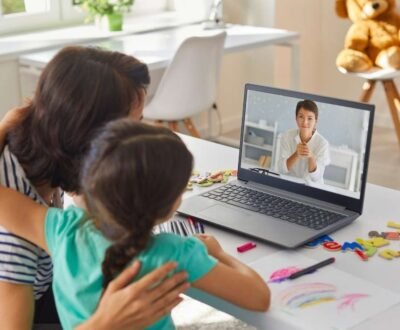Google Glass is already making inroads in the health care industry and could one day revolutionize the practice of medicine.
While it isn’t officially in the market yet, Google started distributing test versions to thousands of “explorers” last year at $1,500 per unit. Among them are surgeons who have tried out the device in the operating room (OR) to mostly good outcomes.

Glass, as Google likes calling it, is a wearable computer with an ultralight titanium frame. It includes a built-in camera and a glass cube (positioned just above the right eye) where still and moving images are projected onto. Users can control the device using voice commands, head motions, and taps and swipes on the frame.
At some U.S. hospitals, the features and functions of Glass have allowed surgeons to record (and archive) their operations. Live feeds can then be streamed to hospitals in countries that are not as medically advanced, giving surgeons there a chance to learn from experts.
Programs that turn the Glass projector into a medical dashboard have also been developed. The dashboard shows important patient information, including vital signs, surgical checklists and lab results. This means surgeons can easily and quickly retrieve the details they need without stepping away from the operating table.
Some also use Glass to pull up and float X-rays, MRI images and CT scans in their field of view while operating, so they don’t have to take their eyes off the patient to look at a monitor across the room.
Of course, there are still some issues that need to be worked out before Glass becomes a mainstream tool in clinical medicine. But based on its applications so far, Google Glass might just be the key to more efficient surgeries.
About us and this blog
We are a teleradiology service provider with a focus on helping our customers to repor their radiology studies. This blog brings you information about latest happenings in the medical radiology technology and practices.
Request a free quote
We offer professional teleradiology services that help hospitals and imaging centers to report their radiology cases on time with atmost quality.
Subscribe to our newsletter!
More from our blog
See all postsRecent Posts
- Understanding the Challenges of Teleradiology in India January 19, 2023
- Benefits of Teleradiology for Medical Practices January 16, 2023
- Digital Transformation of Radiology January 2, 2023









